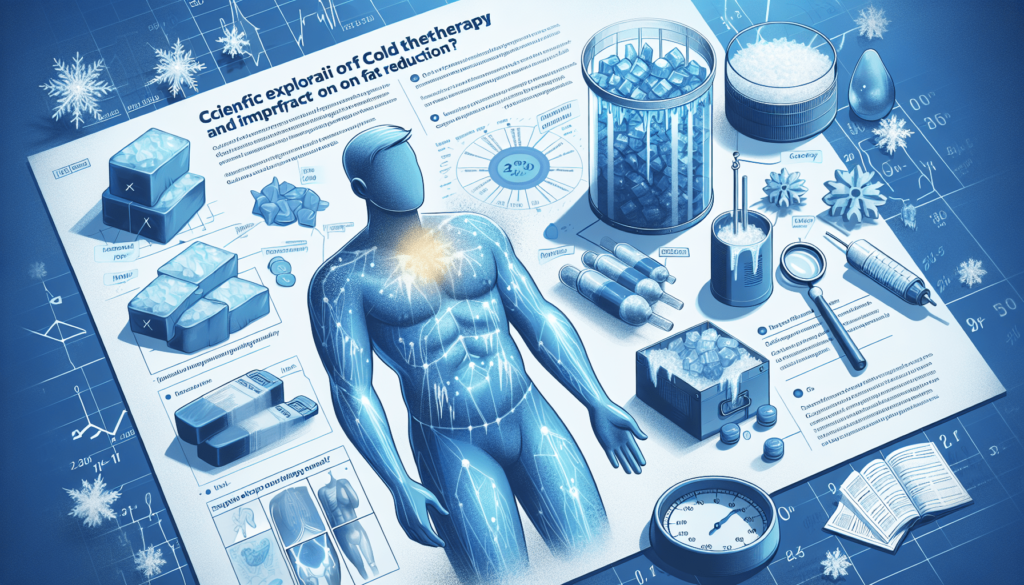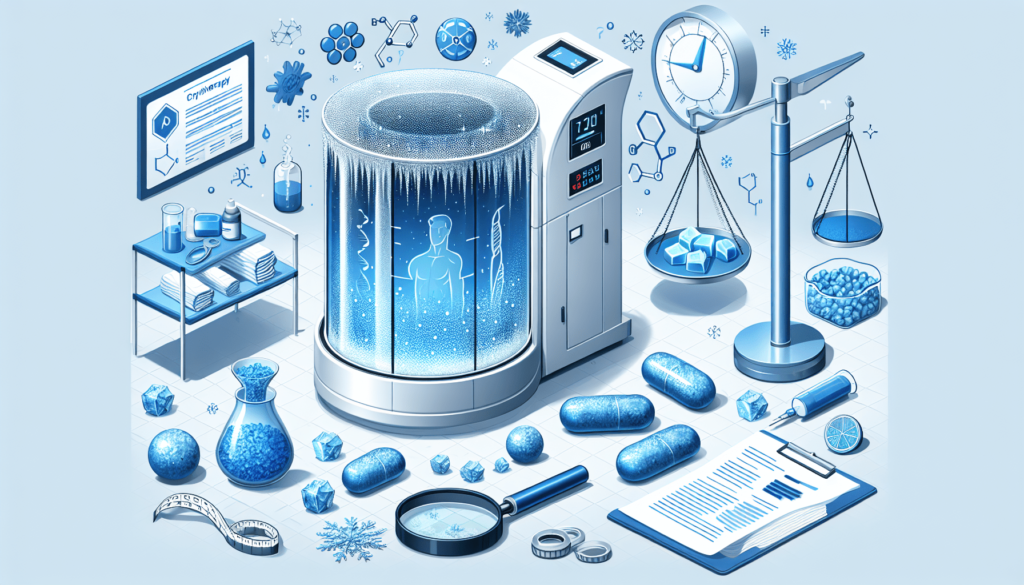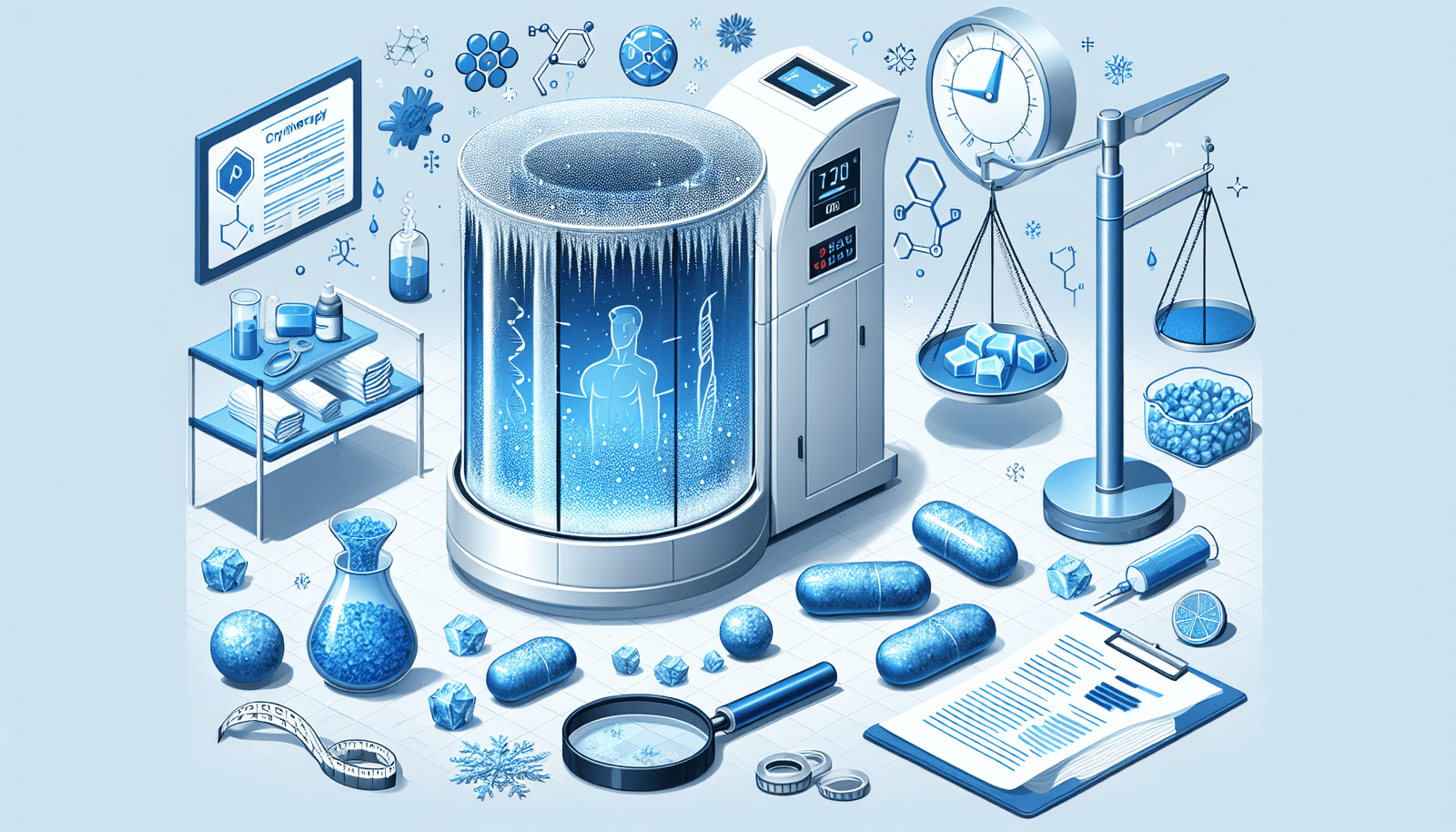Welcome to the fascinating discussion on whether cold therapy can actually reduce fat in your body. In recent years, there has been an increased interest in the potential benefits of exposing the body to cold temperatures for fat loss. The concept seems almost too good to be true – can something as simple as cold therapy really help you shed those extra pounds? Let’s dive into the science behind this popular trend and explore whether cold therapy could be the key to achieving your weight loss goals. Does Cold Therapy Reduce Fat?
Does cold therapy really reduce fat? If you’ve been considering giving cold therapy a try to help with fat loss, you’re in the right place. In this article, we’ll explore the science behind cold therapy and its potential effects on fat reduction. Let’s dive in!
What is Cold Therapy?
Cold therapy, also known as cryotherapy, is a treatment that involves exposing the body to cold temperatures for various health benefits. This can be done in a number of ways, such as ice baths, cold showers, or even specialized cryotherapy chambers that use liquid nitrogen to rapidly cool the body.
Cold therapy is believed to have a range of benefits, from reducing inflammation and improving circulation to relieving muscle soreness and increasing energy levels. But can it really help you lose fat?
How Cold Therapy Works
Cold therapy works by stimulating the body’s brown adipose tissue (BAT), also known as brown fat. Unlike white fat, which stores calories, brown fat burns calories to generate heat. When exposed to cold temperatures, brown fat is activated to produce heat and burn calories, which can potentially lead to fat loss over time.
Additionally, cold therapy has been shown to increase the body’s metabolic rate, resulting in more calories burned at rest. This can further contribute to fat loss when combined with a healthy diet and regular exercise.
The Science Behind Cold Therapy and Fat Reduction
Numerous studies have investigated the effects of cold therapy on fat reduction, with promising results. One study published in the Journal of Clinical Investigation found that exposure to cold temperatures increased brown fat activity and energy expenditure in healthy adults, suggesting that cold therapy could be a viable strategy for weight management.
Another study published in the journal Obesity Research and Clinical Practice concluded that cold exposure was associated with a significant reduction in body fat percentage and waist circumference in overweight individuals. These findings suggest that cold therapy may indeed have a role to play in fat loss.
Brown Fat Activation
Cold therapy works by activating brown fat, which has been shown to play a key role in regulating body weight and metabolism. When you expose your body to cold temperatures, your brown fat is stimulated to burn more calories, potentially leading to fat loss over time.
Increased Metabolic Rate
In addition to activating brown fat, cold therapy has been shown to increase the body’s metabolic rate, resulting in more calories burned at rest. This can help support fat loss efforts and improve overall weight management when combined with a healthy lifestyle.

How to Use Cold Therapy for Fat Loss
If you’re interested in incorporating cold therapy into your fat loss routine, there are several ways you can do so. From ice baths to cold showers to specialized cryotherapy sessions, here are some options to consider:
Ice Baths
One of the simplest ways to try cold therapy is by taking ice baths. Simply fill a bathtub with cold water and add ice cubes to lower the temperature. Soak in the ice bath for 10-15 minutes to experience the fat-burning benefits of cold therapy.
Cold Showers
If you find ice baths too intense, you can start with cold showers instead. Simply turn the water temperature to the coldest setting and take a cold shower for 2-3 minutes to stimulate brown fat and boost your metabolism.
Cryotherapy Chambers
For a more high-tech approach to cold therapy, you can visit a cryotherapy chamber that uses liquid nitrogen to rapidly cool the air around your body. These sessions typically last 2-3 minutes and can provide quick and effective fat-burning benefits.
Compression Therapy
Another option to consider is compression therapy, which uses specialized cold compression garments to target specific areas of the body for fat reduction. These garments can be worn during workouts or even while relaxing at home to enhance the effects of cold therapy on fat loss.
Tips for Maximizing the Effects of Cold Therapy
To get the most out of your cold therapy sessions for fat loss, consider incorporating the following tips into your routine:
Stay Consistent
Consistency is key when it comes to seeing results from cold therapy. Aim to incorporate cold therapy into your routine on a regular basis, whether it’s daily cold showers or weekly cryotherapy sessions, to maximize the effects on fat reduction.
Combine with Healthy Diet and Exercise
While cold therapy can support fat loss, it’s important to remember that it’s not a magic solution. For best results, combine cold therapy with a healthy diet and regular exercise to optimize your weight management efforts and achieve long-lasting fat loss.
Monitor Your Progress
Keep track of your progress over time to see how cold therapy is impacting your fat loss goals. Take measurements of your body fat percentage, waist circumference, and overall weight to gauge the effectiveness of cold therapy and make any necessary adjustments to your routine.

Potential Risks and Considerations
While cold therapy can be a safe and effective way to support fat loss, it’s important to be aware of potential risks and considerations before starting a cold therapy regimen. Here are some things to keep in mind:
Cold Sensitivity
Some individuals may be more sensitive to cold temperatures than others, which could make cold therapy sessions uncomfortable or even intolerable. Start slowly with shorter sessions and gradually increase the duration and intensity of cold exposure as you become more accustomed to it.
Health Conditions
If you have certain health conditions, such as Raynaud’s disease, cold therapy may not be suitable for you. Always consult with your healthcare provider before starting any new treatment or therapy, especially if you have pre-existing medical conditions that could be affected by cold exposure.
Hydration
Cold therapy can cause dehydration, so it’s important to stay well-hydrated before and after each session. Drink plenty of fluids throughout the day to replenish any lost fluids and help your body recover from the cold exposure.
Conclusion
So, does cold therapy reduce fat? The answer is: it’s possible. Cold therapy has been shown to activate brown fat, increase metabolic rate, and support fat loss efforts when combined with a healthy lifestyle. By incorporating cold therapy into your routine, you may experience benefits such as reduced body fat percentage, improved metabolism, and enhanced weight management overall.
Whether you choose to take ice baths, cold showers, or try cryotherapy sessions, remember to stay consistent, combine cold therapy with a healthy diet and exercise, and monitor your progress over time to see the best results. And as always, consult with your healthcare provider before starting any new treatment or therapy to ensure it’s safe and appropriate for you. Happy fat-burning!

